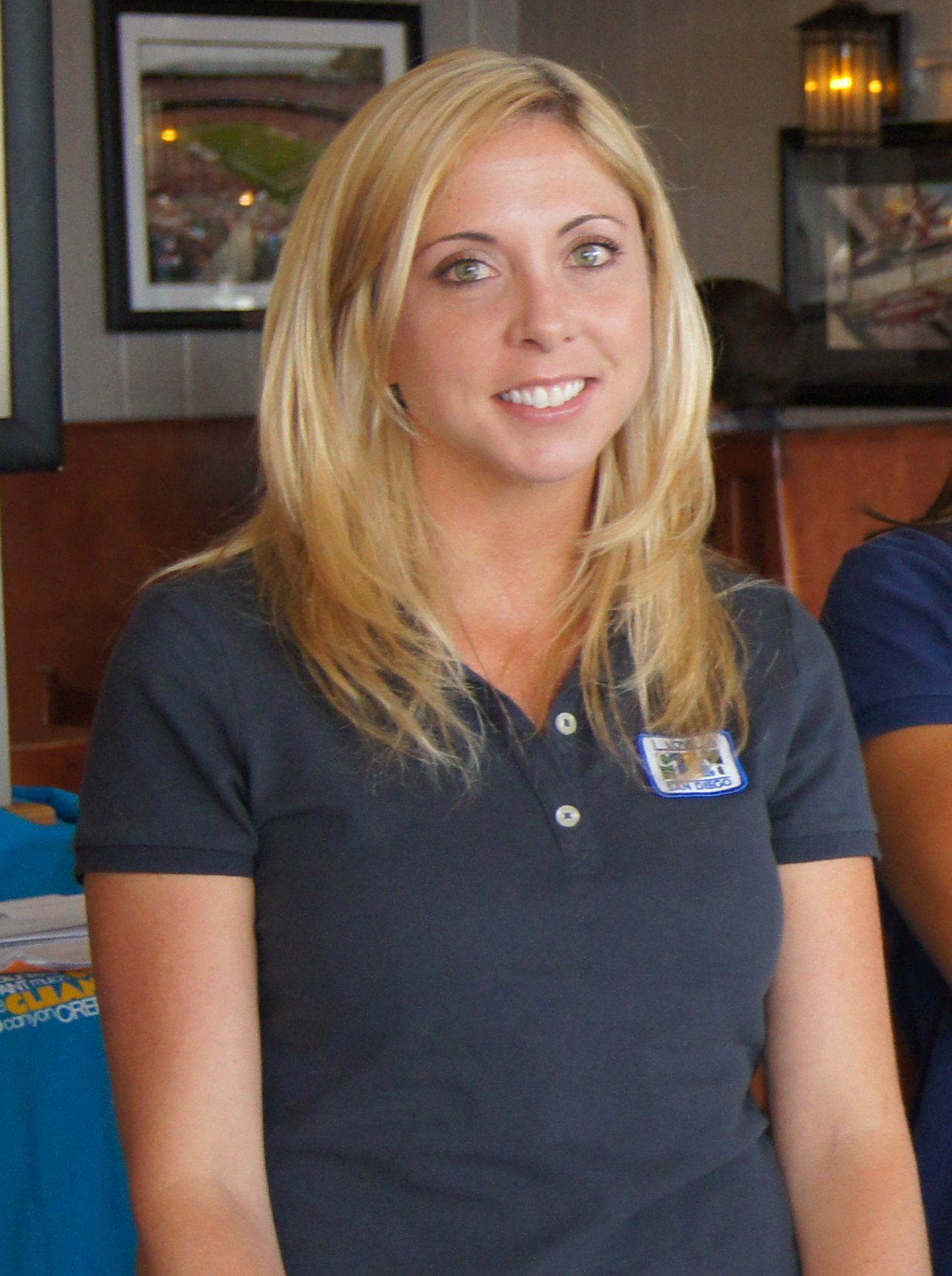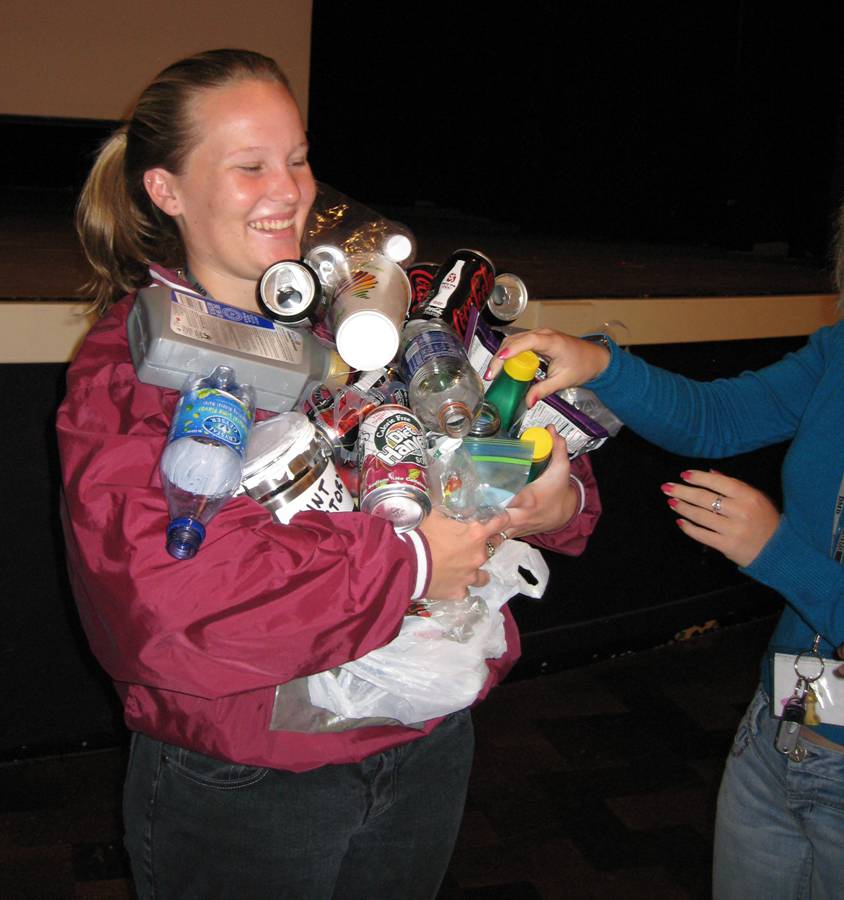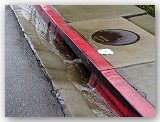Today’s blog post comes from our amazing program assistant, Nicole!
Being a Program Assistant for I Love A Clean San Diego is truly a wonderful experience. I’m filled with enormous gratitude to have the opportunity to visit schools throughout San Diego County and share information with students. Everywhere I visit, kids share curiosity for information about our environment and have a passion for the future of our planet and nature.
Our High School Watershed Presentation raises environmental awareness in students by teaching the harms of storm water pollution in local watersheds. The presentation teaches that there are many types of pollution that are easily contained before they become a problem. Students are empowered to learn that they can be part of the solution by recycling oil, scooping poop, and utilizing hazardous waste collection services. However, to many students it seems only logical that something more must be done to resolve this problem.

One of the most common questions I have from the kids following the watershed presentation is, “Why are there no filters or screens on the storm drain inlets?”
Before addressing the question from the kids it is important to explain what is a “Storm Drain?” When there are heavy rains, parking lots streets and flat areas in a town can flood and create hazardous conditions. Storm Drains are drainage systems which are specifically designed to handle an excess of water as a result of flooding or heavy rainfall. Thier sole purpose is to quickly and efficiently move excess storm water into rivers and streams and eventually to the ocean. It is important to note that everything that goes down the storm drain goes directly to the ocean. Currently there are no filters on storm drain inlets which poses a major pollution risk, because trash, sediment, organic debris, and spills in the streets are carried through the unfiltered storm drain system. For this reason, Storm Drains have signs above them which say “No dumping, drains to ocean” to remind people to protect their waterways by disposing of pollutants responsibly.
So back to the question from the kids “Why are there no filters or screens on the storm drain inlets?” A drain inlet filter or screen sounds like a feasible and logical solution. However, during a rainstorm, trash, sediment, organic matter, and other debris can quickly be swept into drain inlets. Heavy accumulation of trash, sediment, and organic debris can clog grates, thus preventing proper drainage and potentially creating a flooding. Currently, local universities and the state of California are in the process of evaluating new technologies in the form of filtration or screening devices to be installed to help manage and control storm drain pollution and enhance water quality control. They have conducted comparative studies to analyze how various filters hold up as being effective mechanisms for collecting unwanted pollution that goes down storm drain inlets. Most of the storm drain inlet filters currently being tested would require regular maintenance to ensure effectiveness. The solutions are in progress and it is going to require a collective effort to make sure they are carried out. There is no shortage of great ideas for how to address and solve this pollution problem. The City of San Diego is taking action to reduce storm water runoff by incorporating Low Impact Development techniques into constructed surfaces such as rooftops, streetscapes, parking lots, sidewalks, and medians. These design elements work with nature to filter polluted storm water. For example, parking lots and streetscapes can be constructed to funnel storm water into landscaped elements called bio-swales that capture and filter rainwater before reaching local waterways.

Enrichment education programs offered by I Love A Clean San Diego are focused on spreading up-to-date information. Great questions from kids demonstrate that the message about how to protect and preserve our environment is being heard. It is inspiring to hear the passion they have and it gives me confidence that as a society we can and will take action for a healthy planet.

